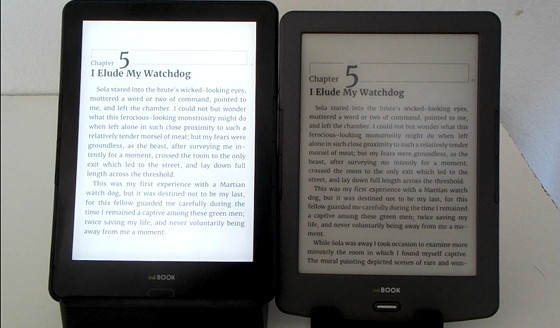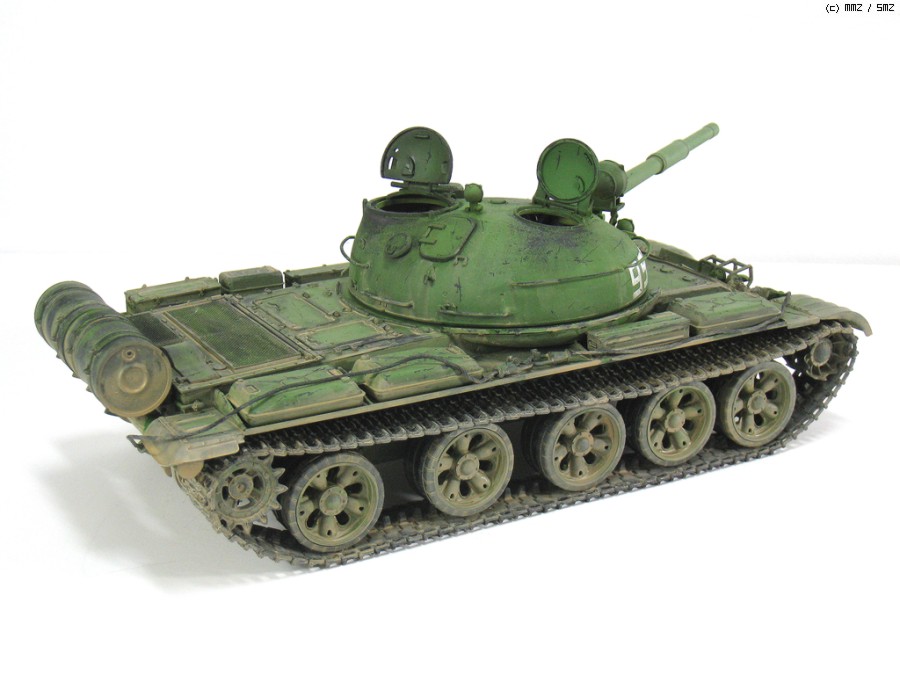

In 1897, he showed that cathode rays were composed of very small negatively charged particles. These particles later were named electrons. The apparatus of his experiment is called the cathode-ray tube (CRT). Thomson was not the only one working on cathode rays, but several other players like Julius Plücker, Johann Wilhelm Hittorf, William Crookes, Philipp Lenard had contributed or were busy studying it. However, Thomson's contributions remain more significant than the rest. His experimental results were further investigated by Rutherford and Bohr, which further provided important insights into the atomic world.īefore directly jumping Thomson's findings, let us understand some basic knowledge on cathode rays and the cathode-ray tube.

What are cathode rays? Cathode rays are streams of electrons emitted from the cathode (the electrode connected to the negative terminal of a battery). These rays travel in straight lines and can be deflected by electric and magnetic field. The cathode-ray tube (CRT) is a hollow glass tube. Electron emitter (or electron gun): The electron gun comprises of primarily heater and cathode.The air in the tube is pumped out to create a vacuum. It emits the sharp electron beam, cathode rays. In modern CRTs, the electron beam is generated by thermionic emission-using a heating filament-as shown in the above diagram.
Inkbook model t62 series#
THOMSON CATHODE RAY EXPERIMENT SERIESįocusing and accelerating system: It is made up of a series of anodes.However, cold-cathode emission mechanism was used in Thomson's experiments. It will narrow the beam and increase its kinetic energy.

The immaterial nature and the aetherial hypothesis of cathode rays were proved wrong by J. He concluded that the rays were comprised of particles. His entire works can be divided into three different experiments. In the first, the magnetic effect on cathode rays was studied while in the second, the rays were deflected by an electric field. In the final experiment, he succeeded in measuring mass to charge ratio. The experiment apparatus consisted of two metal cylinders. The cylinders were coaxial placed and insulated from each other. The outer cylinder was grounded while inner was attached to an electrometer to detect any electric current as shown in the figure below. When a high potential difference was applied between the cathode (A in the diagram) and anode (B in the diagram), cathode rays, which were produced in the left tube, emitted from the cathode and entered into the main bell jar. The rays would not enter the cylinders unless deflected by a magnetic field. He traced the path of the rays using the fluorescence on a squared screen in the jar. When the rays were bent by a magnetic field, they infiltrate the cylinders through the slits. And the presence of negatively charge was detected in the electrometer. If these rays were further bent, they overshot the slits and the electrometer failed to show any readings. “Thus this experiment shows that however we twist and deflect the cathode rays by magnetic forces, the negative electrification follows the same path as the rays and that this negative electrification is indissolubly connected with the cathode rays,” Thomson quoted. Moreover, he repeated the experiment with different materials and gases and found the deflection of the rays was the same irrespective of materials and gases used. Cathode rays were deflected by a magnetic field in the same manner as if they were made up of negatively charged particles.He arrived at the two main points after this experiment.


 0 kommentar(er)
0 kommentar(er)
